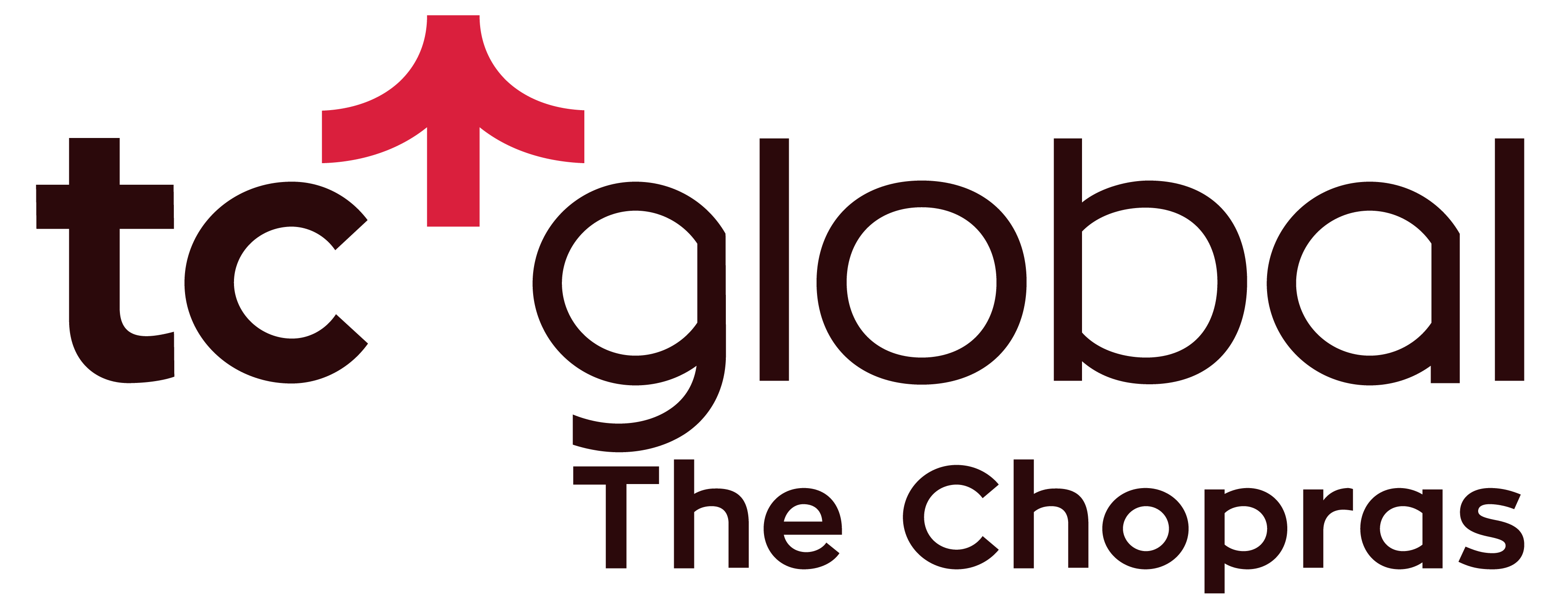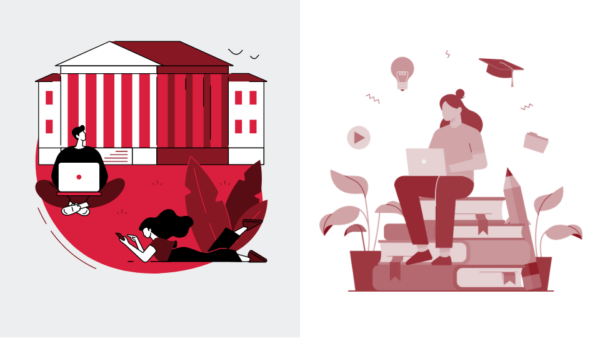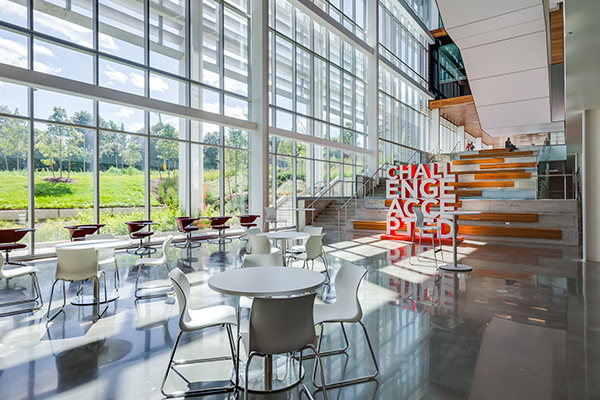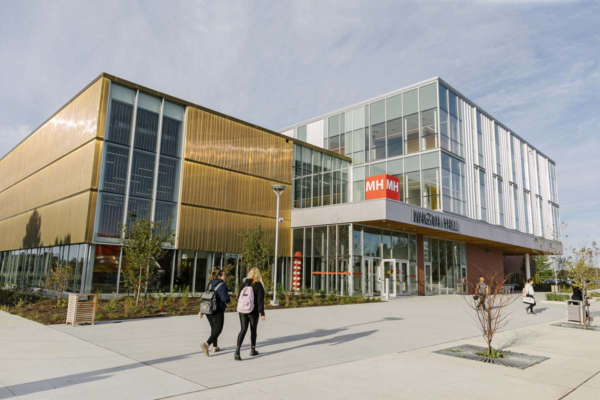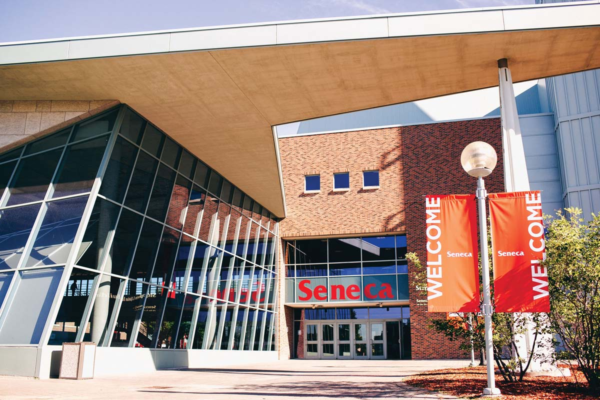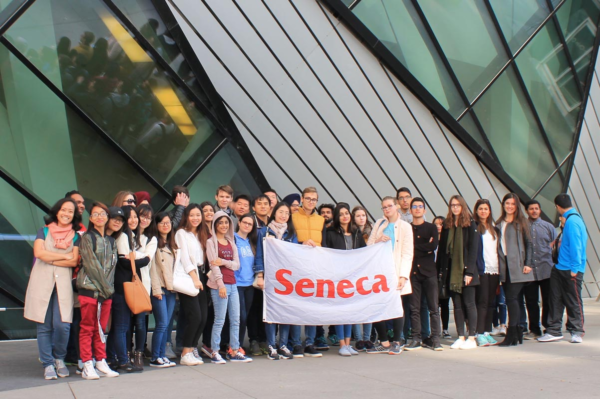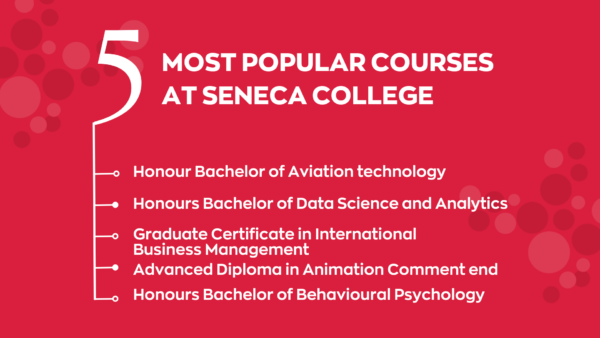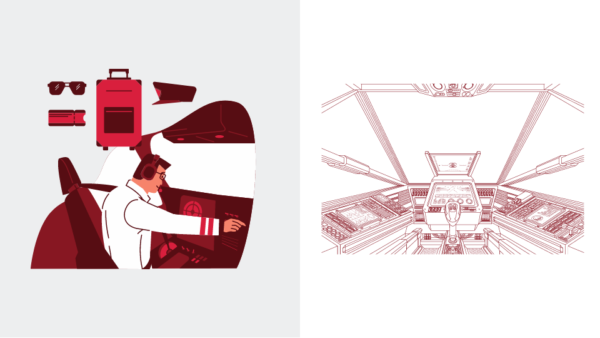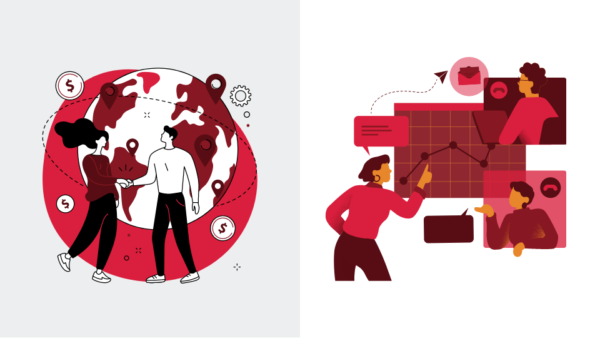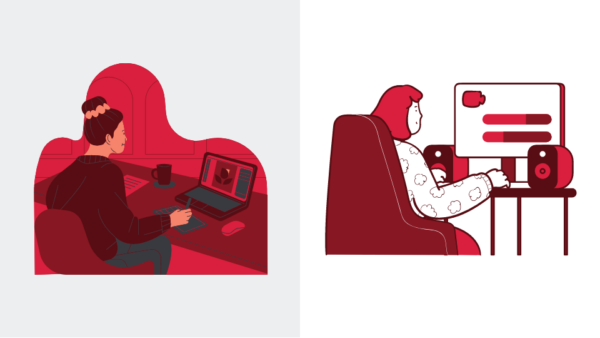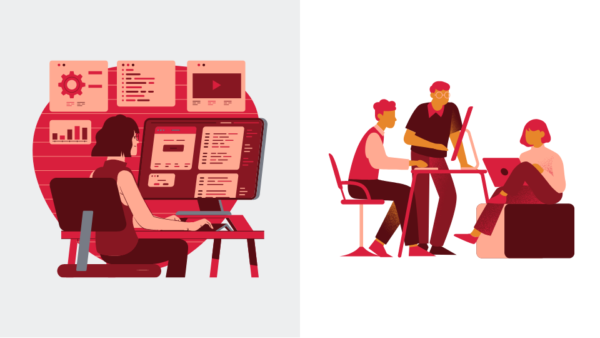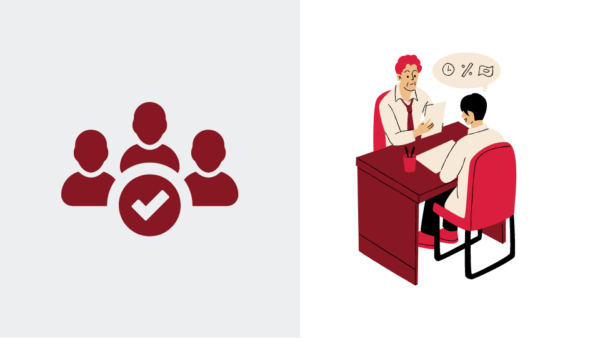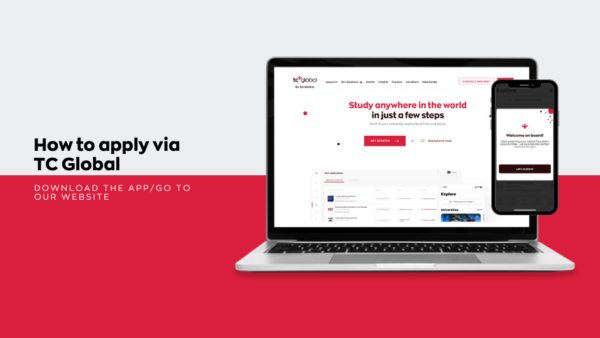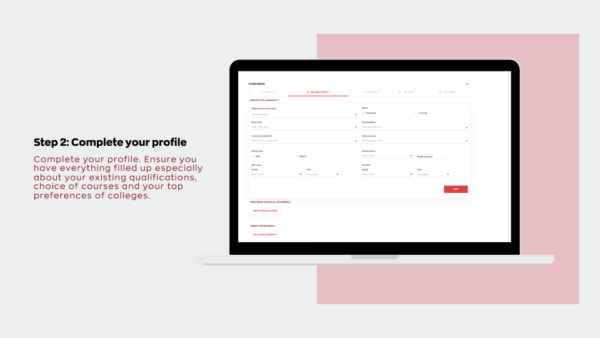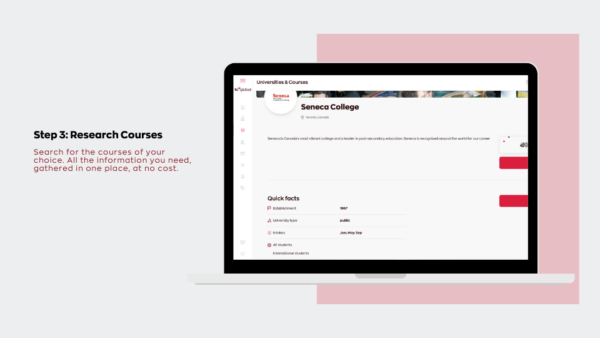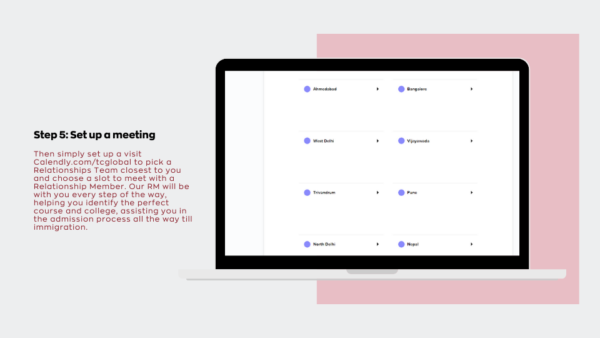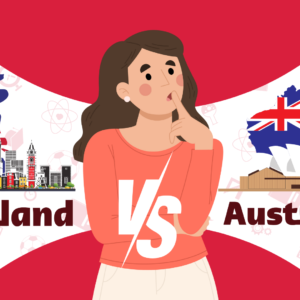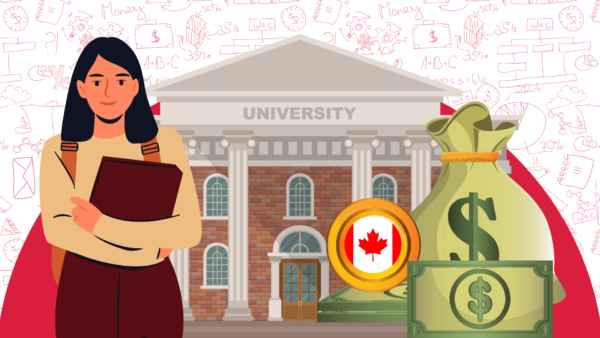Founded in 1967, Seneca College began as an Ontario provincial initiative to provide career-oriented diploma and certificate courses along with continuing education programmes for those looking to up-skill themselves, grow in their profession or learn a new trade. In 2001, the college was assessed and granted the ability to offer undergraduate degrees as well. Since then, the college has built its reputation and educates about 45,000 students (acceptance rate of over 85%), out of which more than one third is made up of international students from over 150 different countries.

Source: Seneca
Besides the traditional teaching-learning process, the college is also one of the top colleges in Canada for applied research and entrepreneurship. It is one of Canada’s top colleges for innovative applied research, according to the rankings published by Research InfoSource Inc.
Built on the values of excellence, innovation, community and diversity, Seneca has established itself as one of the leading post-secondary institutions, giving its students a competitive advantage in today’s global economy.
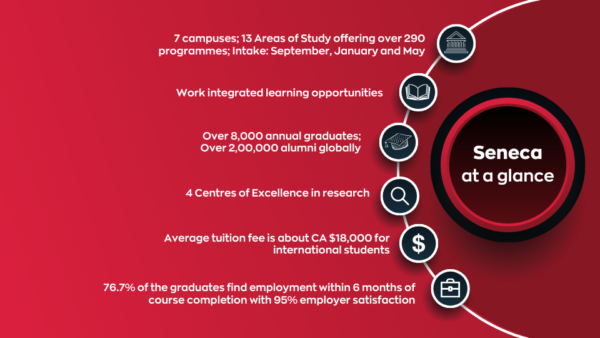
Intake: September, January and May
Faculties and Courses
Seneca has 13 areas of study under which it offers all its courses. They are
- Aviation
- Business
- Creative Arts, Animation and Design
- Education, Community and Social Services
- Engineering Technology
- Fashion and Esthetics
- Health and Wellness
- Hospitality and Tourism
- Information Technology
- Law, Administration and Public Safety
- Liberal Arts
- Media and Communications
- Science
Having completely embraced innovation, Seneca continues to offer courses in three formats – on campus, online and hybrid. Within the above-mentioned list of disciplines, you can earn one or more of the following credentials.
| S.No |
Name of the Credential |
What is it |
Transfer Options |
Typical Duration |
When can you apply |
| 1 |
Honours Degree |
An undergrad degree |
Can join the workforce or proceed to do a master’s level programme |
4 years |
After OSSD/ Class XII or equivalent |
| 2 |
Diploma and Advanced Diploma |
Preparation for entry-level employment or an undergrad degree |
Can either enter the workforce at the entry level or use it as a pathway for a bachelor’s programme. |
2 – 3 years |
After OSSD/ Class XII or equivalent |
| 3 |
Graduate Certificate |
Postgraduate diploma courses for specialisation |
Can enter the workforce at a higher level or transfer to a master’s programme. |
8 months – 1 year |
After a bachelor’s or a master’s degree |
| 4 |
Certificates |
Short courses to explore an industry or a career direction |
These credits do not transfer. They are additional professional certifications that can be done either at the introductory or at an up-skilling level. |
1 year |
After OSSD/ Class XII or equivalent |
| 5 |
Microcredential |
Short courses for upskilling/ reskilling/ boosting your CV |
These credits do not transfer. They are meant for boosting your resume and skills. |
4 – 6 weeks |
At any point |
In addition, there are the pathway programmes. At the undergraduate level, there are over 50 partner institutions, located both in Canada and abroad where you can transfer Seneca diploma credits. This list includes the prestigious Universities of Toronto, York and British Columbia to name a few.
It also offers more than 50 master’s degree pathways that offer comprehensive postgraduate opportunities. You can build either on the Seneca degree courses or the graduate certificate courses and gain a full-fledged master’s degree. These are the master’s degree pathway partnerships.
- Boston University
- Washington University (Graduate School of Political Management)
- Griffith University
- Niagara University
- North Park University
- Northeastern University, Toronto
- Robert Gordon University
- Royal Melbourne Institute of Technology
- University of the Arts, London
Another option for international students is the Bundled Graduate Certificates. It is basically where you apply for two consecutive graduate certificate courses with one application. If selected for both, then you can graduate with two credentials under one student visa. You will also be permitted to stay back for an extra year, should you choose to do so. Only select courses are allowed the bundling option. You can access the list at the college website, senecacollege.ca.
College, not University
While you can use college and university interchangeably to refer to higher education institutions in some countries, this is not the case in Canada. The highest degree a Canadian college can award is a bachelor’s. They also have full-time or part-time diploma and certificate courses. College courses are more practical, application and career-oriented when compared to a university.
In contrast, universities are much larger institutions that grant degrees. They confer Bachelor,
Masters or even Doctoral degrees. A university is typically more research and knowledge-oriented than career-based.
So, let there be no confusion, especially when you see Seneca@York. It is a name given to one of the campuses that is located on the grounds of York University. Beyond the proximity and a few pathway programmes, they are two independent institutions. Having said that, let us now look at the campuses and what they offer.
